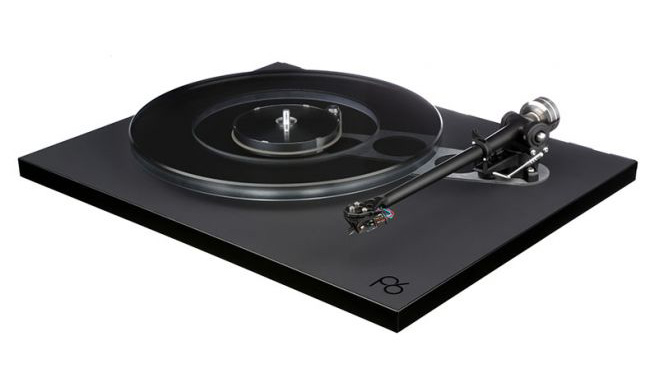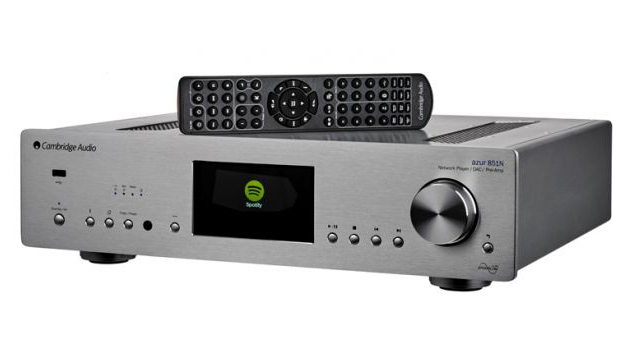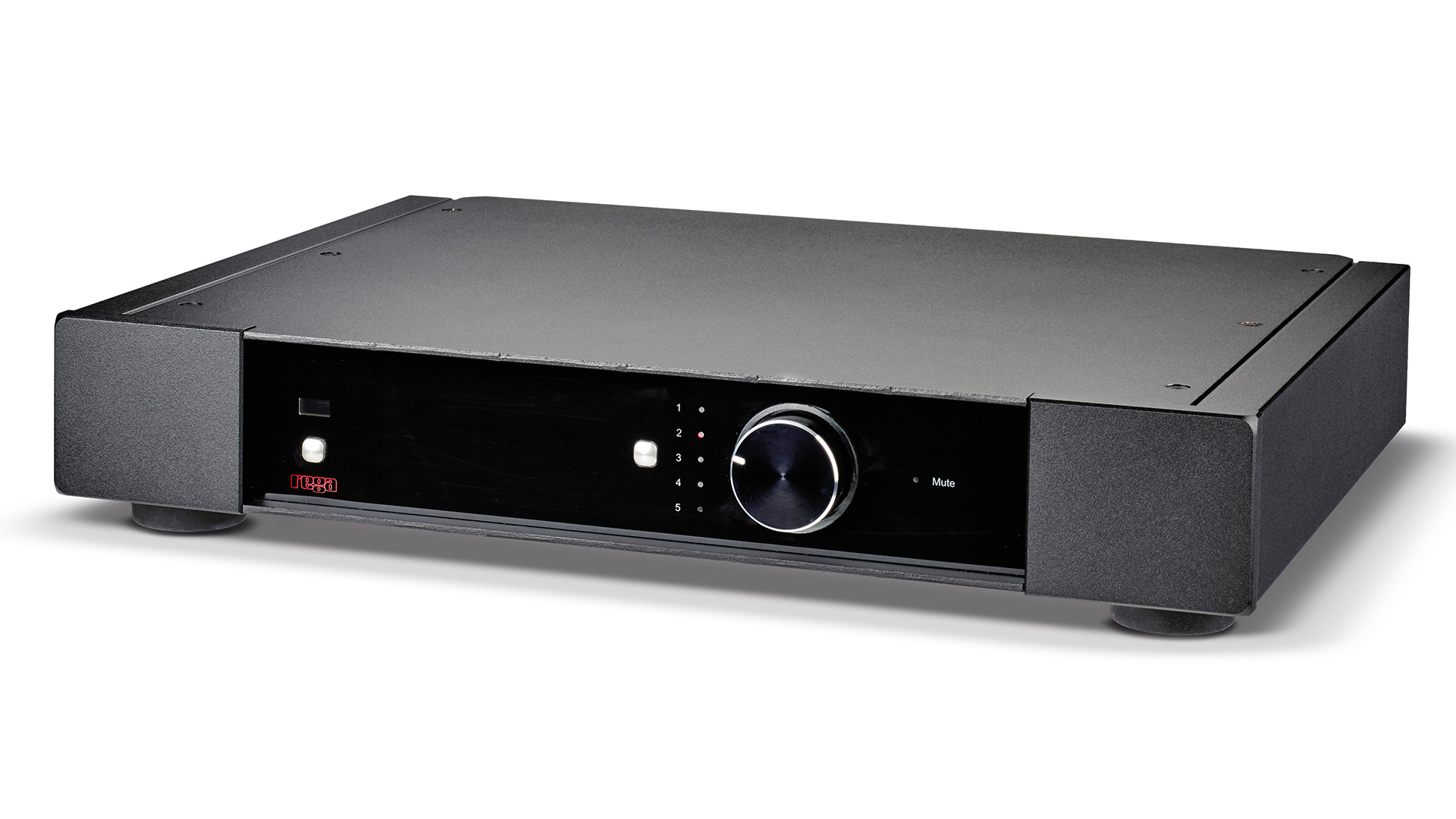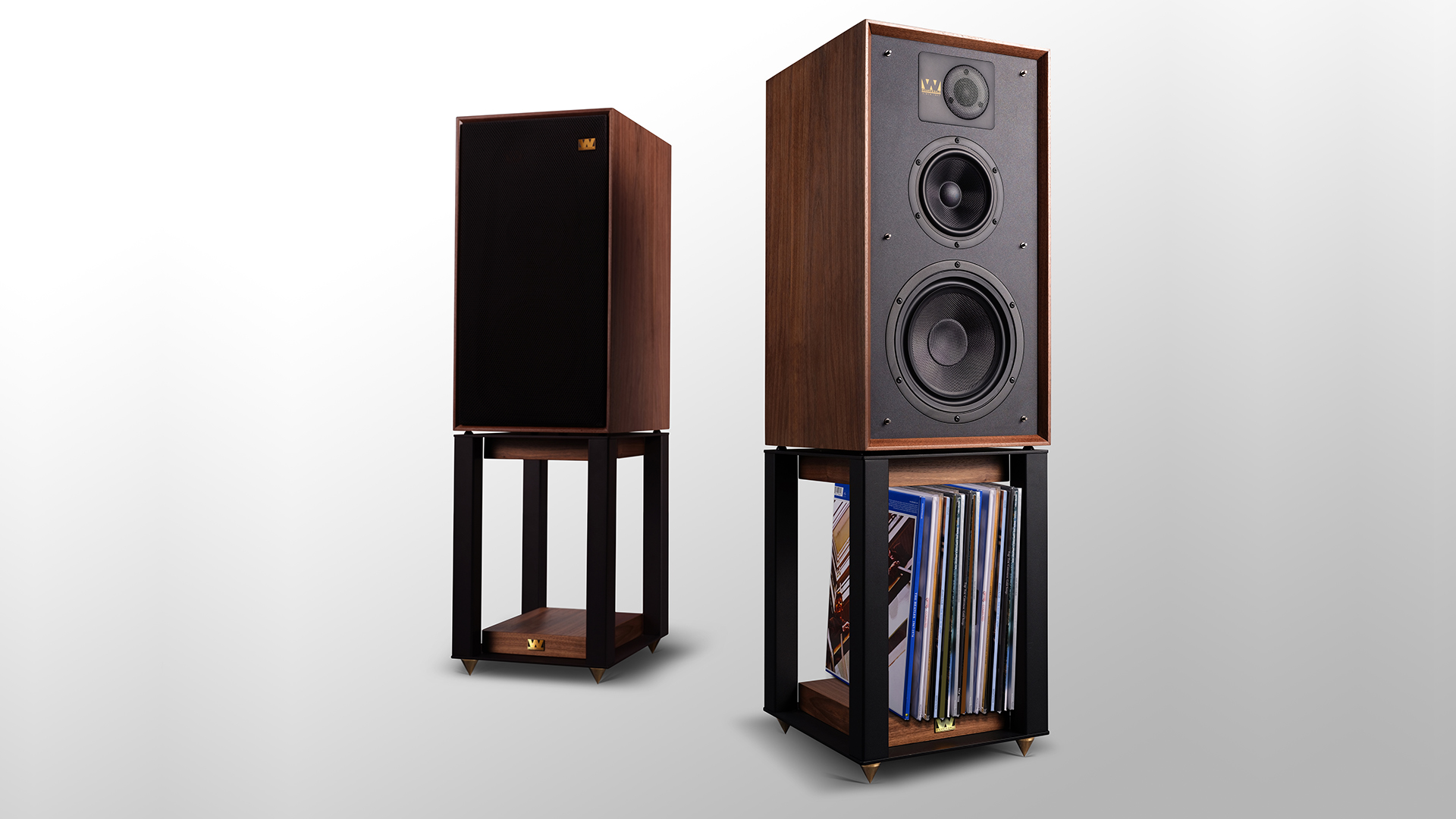Here's an excellent hi-fi system combining vinyl and streaming
Where old and new collide

With the increasing accessibility of music streaming and the continual perpetuity of the vinyl revival, both mediums are extremely popular ways to listen to music these days.
We can see absolutely nothing wrong with wanting to enjoy the best of both of those worlds, either; while there is little to beat investing time in sitting down to listen to your favourite music played on a turntable, the convenience of being able to stay in your chair, or at the kitchen work surface come to that, while selecting some high-resolution music, really isn’t to be sniffed at either.
Nowadays, it’s possible to enjoy the very best that both worlds provide in one superb home hi-fi set-up. Not all turntables and music streamers (or even music streaming services) are born equal, of course, so, if you're looking to build an excellent, mid-priced best-of-both-worlds system from scratch, please allow us to point you in the right direction.
Here, the old and new collide as we build a complete solution - from source to amplification to speakers - that combines vinyl and streaming...
- Enjoy CDs and streaming with this complete digital hi-fi system
- Here's a brilliant turntable, tablet and wireless speaker system
The system
Turntable: Rega Planar 6/Exact MM (£1259, $1995)
Music streamer: Cambridge Azur 851N (£1199, $1500)
Amplifier: Rega Elex-R (£949, $1695)
Speakers: Wharfedale Linton (£999, $1198)
Total: £4406 / $6388
With Award-winning and five-star products everywhere you look here, this is a great value system, even at just shy of four-and-a-half grand. Take the Rega Planar 6 with the Exact moving-magnet cartridge (you can get the Planar 6 with the excellent Ania moving-coil cartridge as well, for a couple of hundred bucks more).
The latest hi-fi, home cinema and tech news, reviews, buying advice and deals, direct to your inbox.
The Planar 6/Exact combination is easy to live with and listen to. It’s an approachable sound with a fine grasp of rhythm and flow in the music. The Ania cartridge may offer more subtlety, but that’s not to say this combination is clumsy in any way – it is, perhaps, more accurately described as just a bit bolder in its presentation. This is still a mature and refined sound, make no mistake.
The Planar 6 now comes in a single finish, a rather fetching grey matte with glossy black edges, rather than a choice of bright colours. It’s another sign this deck demands to be taken utterly seriously.
It comes with a separate power supply unit – in this case a Neo PSU, and it lets you change speed electronically.

There’s little in the way of isolation bar the three rubber feet, so it’s essential the deck is placed on a sturdy, level support to minimise any vibrations travelling to the turntable. We’d also position it away from speakers and other electronics to reduce any hum and interference.
On which note, we move on to the ‘modern’ part of this set-up: the Cambridge streamer. The Azur 851N has all its Award-winning sibling CXN’s muscular, full-bodied presentation, lathered in enthusiastic drive, bone-rattling punch and class-leading insight – it’s just that everything is served with extra helpings of expression and dynamic skill, not to mention extra space and openness.

Even with a lo-res Spotify stream of Cold War Kids’ Lost That Easy, for example, there’s a sense of isolation to the vocals and depth to the recording that isn’t palpable through the CXN.
This is a remarkably entertaining and versatile performer. It’s punctual, decisive, and quick on its feet with fluctuating tempo too, and with balance on point, there’s punch and depth down low and sparkling bite up top, with all-you-can-eat solidity fleshing out what is a clear and articulate midrange.
All of which requires a fine amplifier to do it justice, of course. And, taking the turntable into account as well, we can’t really look further than a perpetual favourite of ours, the Rega Elex-R. The Elex-R has been nothing if not persistent since its arrival. It was rewarded with a first Award in 2014, and went on to take five in total. Impressive stuff. It’s the fashion for integrated amplifiers to eschew a phono stage. Not this Rega which shines with good turntables – one of the reasons we’ve chosen it, of course.

Anyone with any experience of Rega’s amplifiers will find the Elex-R’s sonic character familiar. It delivers a fast, agile sound that’s as rhythmically surefooted as we’ve heard at this price.
A combination of impressive timing, space and dynamics means that beat can be a true ally of backing vocals, with nothing sounding remotely random or as though the Rega is freewheeling. There’s an addictive sense of liveliness and energy, something most rivals tend to tone down in the search for greater refinement, and it demonstrates authority and scale better than just about anything we’ve heard at this price too.
A power output of 72 watts per channel into 8 ohms isn’t enough to make the floor shake in really large rooms, but this amp is capable of decent levels in most set-ups.
The Rega is on sure ground if you’re after a traditional stereo amplifier. There are no digital inputs, instead you get a good-quality MM phono stage, one that’s talented enough to make the most of £1000 ($1000) turntable packages, such as Rega’s own RP6 that we have here. There are four line-level inputs, one tape out and a single preamp output, should you need to add a bit more muscle.

The Elex-R is a fine achievement; the kind of product that gets straight to the heart of the music and conveys all the emotion in the recording with ease.
And the speakers we have chosen for it to drive show off its talents beautifully. With retro good looks and a natural, relaxed sound to match, the Wharfedale Lintons are different, to be sure; but they are undeniably superb.
Old-school approach Size and styling are the most obvious old-school features. At just over 56cm tall, 33cm deep and 30cm wide, the Lintons are significantly larger than most modern standmounters, but they never feel overwhelmingly big, even in our relatively small listening room.
Whether you appreciate the Linton aesthetic or not, there are clear sonic benefits to this approach. A bigger box should make for more generous bass production, and the greater width of the Linton’s baffle helps to add a bit more substance to the midrange by supporting the speaker’s output to a lower frequency.
The moment we start our listening, we get a brilliant sense of scale and space from the Lintons and so we head straight for an orchestral recording to see what they can do. We play John Williams’s The Raiders March – the main theme from the Indiana Jones films – and get a thrilling sense of these speakers’ dynamics.
Starting quiet but firm with the plucky horn section, the piece offers a brilliant range of texture and ability as it builds.
It’s such a fantastically open presentation of the music that our listening space feels bigger than it is. Every instrument is there to be heard in the soundstage. It’s not as forward a sound as we’re used to from more modern speakers.
They don’t throw the great thuds of the bassline at us like the equally brilliant but very different KEF R3s (£1300 / $2000), which are probably a touch more detailed. Their more direct approach makes it easier to access, but almost all of that brilliant detail is still there in the far richer and wider soundstage of the Wharfedales.
The Lintons may not be everyone’s idea of how they want to listen, but this is a taste worth acquiring – and, of course, it suits the rest of this system truly beautifully.
MORE:

Jonathan Evans is the editor of What Hi-Fi? magazine, and has been with the title for 18 years or so. He has been a journalist for more than three decades now, working on a variety of technology and motoring titles, including Stuff, Autocar and Jaguar. With his background in sub-editing and magazine production, he likes nothing more than a discussion on the finer points of grammar. And golf.
